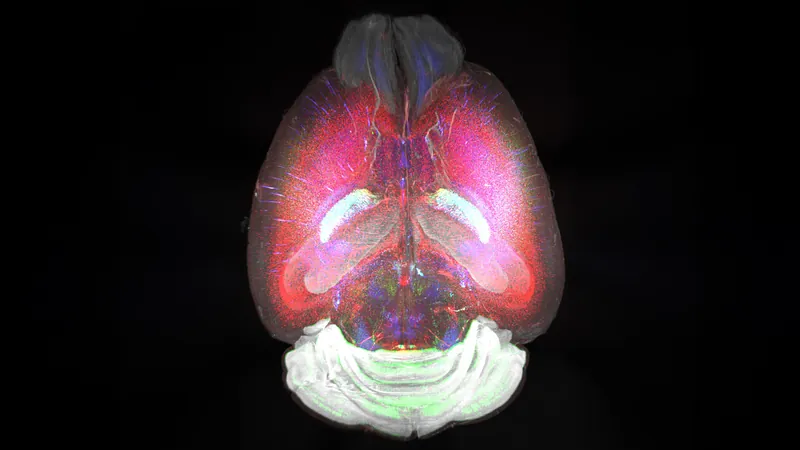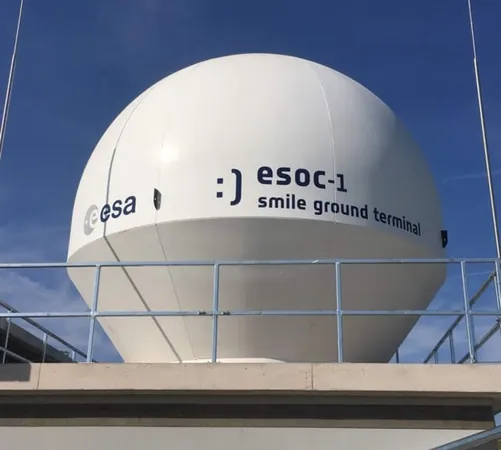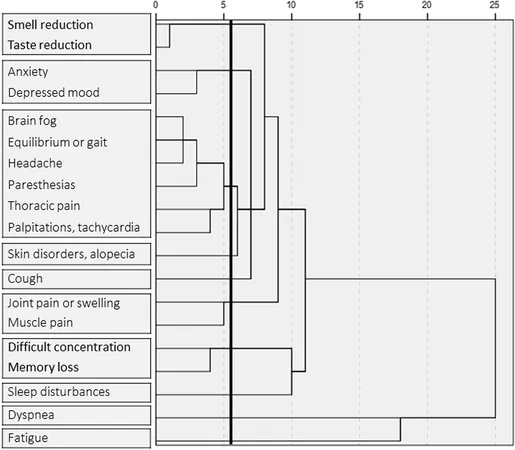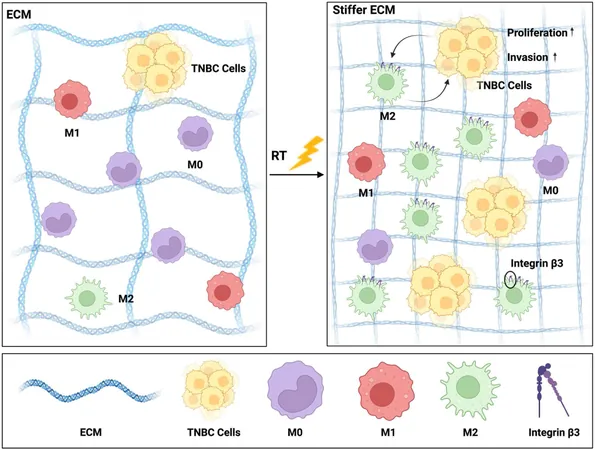
Breakthrough Imaging Method Revolutionizes RNA Analysis in Living Brains: A Game Changer for Neuroscience!
2024-11-21
Author: Sarah
Introduction
In a pioneering development, researchers at Karolinska Institutet and Karolinska University Hospital have unveiled a cutting-edge microscopy technique that allows for intricate three-dimensional (3D) RNA analysis at a cellular resolution within whole, intact mouse brains. Dubbed TRISCO, this innovative method has the potential to fundamentally enhance our understanding of brain functions in both healthy and diseased states, as revealed in a groundbreaking study published in the prestigious journal Science.
The Challenges of RNA Analysis
Historically, the field of RNA analysis has faced significant hurdles in connecting RNA data to its spatial context, particularly within complex 3D tissue structures. The introduction of TRISCO is set to change the game—allowing scientists to examine entire mouse brains without the need to cut them into thin slices, a process that was both tedious and limiting.
Expert Opinions
"This method is a powerful tool that can drive brain research forward," states Per Uhlén, a leading researcher at the Department of Medical Biochemistry and Biophysics at Karolinska Institutet and the study's senior author. "With TRISCO, we can now study the brain's intricate anatomy in a manner that was previously unattainable."
Future Aspirations and Capabilities
The research demonstrated the ability to analyze up to three different RNA molecules simultaneously, but the scientists' ambitions do not stop there. They aim to expand their analysis capabilities substantially, targeting around one hundred RNA molecules through a technique known as multiplex RNA analysis. This expansion could yield a richer, more detailed understanding of brain functionality and the pathological mechanisms underlying brain diseases.
Broader Applications
Furthermore, TRISCO is not limited to mouse brains; it has shown versatility by being applicable to larger brains, such as those of guinea pigs, and to various other tissues, including kidneys, hearts, and lungs. This opens the door for cross-species studies that could further illuminate the complexities of both normal and abnormal biological processes.
Collaboration in Research
Collaboration between basic scientists and clinical researchers is critical in biomedical research, emphasizes Uhlén. "Our laboratory has several collaborations with clinically active researchers at Karolinska University Hospital. Enhancing communication and understanding between these two groups is vital for translating findings from the lab to clinical applications."
Conclusion
As the researchers continue their exploration, the implications of TRISCO could be monumental—leading to novel therapeutic approaches for a wide range of brain diseases. The future of neuroscience research is looking bright, and the journey with TRISCO is just beginning!
Outlook
Could this revolutionary method be the key to unlocking the mysteries of the brain? Stay tuned as we follow this exciting development!







 Brasil (PT)
Brasil (PT)
 Canada (EN)
Canada (EN)
 Chile (ES)
Chile (ES)
 España (ES)
España (ES)
 France (FR)
France (FR)
 Hong Kong (EN)
Hong Kong (EN)
 Italia (IT)
Italia (IT)
 日本 (JA)
日本 (JA)
 Magyarország (HU)
Magyarország (HU)
 Norge (NO)
Norge (NO)
 Polska (PL)
Polska (PL)
 Schweiz (DE)
Schweiz (DE)
 Singapore (EN)
Singapore (EN)
 Sverige (SV)
Sverige (SV)
 Suomi (FI)
Suomi (FI)
 Türkiye (TR)
Türkiye (TR)